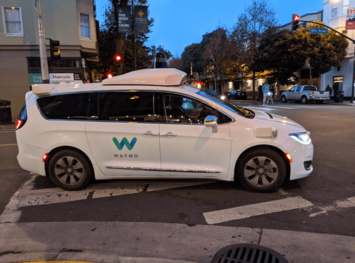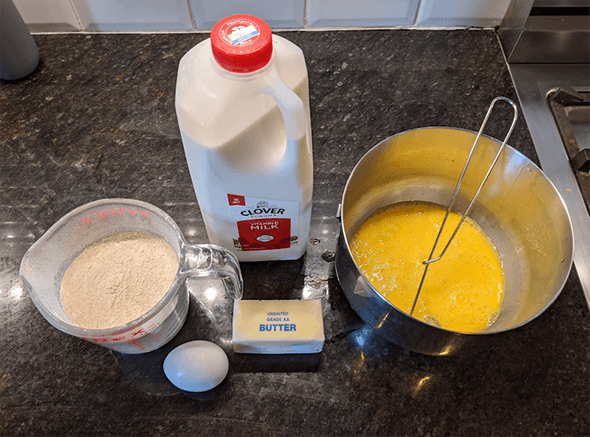
I’m prone to going down YouTube rabbit holes that take me to unexpected places. I recently eavesdropped on a Zoom conference where a woman in rural Idaho was strategizing on the global dairy trade. Turns out Mormon farmers are locked in a dog-eat-dog international competition over bulk milk commodities and specialty cheeses. New Zealand is their prime nemesis. Who knew?
She used a term I hadn’t heard before to describe the situation. VUCA. It’s a military acronym that’s been in circulation since the 1980s. Vulnerable, Uncertain, Complex, and Ambiguous. The bright clear lines are gone. The black and white is all gray. Standing still isn’t an option. But running is tricky if you bob and weave in the wrong directions. The viability of a dairy farm in small town America is oddly tied to events and policies on the other side of the planet - and they keep changing rapidly in unexpected ways.

You wouldn’t think a highly perishable product like milk would be exposed to global pressures. Isn’t milk produced and consumed more or less locally? Then I got a flashback to my time living in Hawaii. The highly productive and climactically varied agricultural land of the island chain could easily supply the small population with all its own food including milk. But Hawaii imports 90% of its food including 100% of its milk from 3,000 miles away.
Land and labor are expensive in Hawaii and the small family owned dairies that had existed all across the state in past decades were gradually consolidated in an attempt to achieve economies of scale. When farms are scattered and separated by water amalgamating operations has inherent limits. There’s only so much sharing of equipment and processing facilities that can be reached. And since there are only 1,400,000 people in the entire state the market is considered “too small” to support a home industry. Eventually corporate owners converted the territory to higher value uses and local milk production ended completely.
The milk that’s sold in shops in Hawaii is double pasteurized and imported by refrigerated ships from the mainland, typically from the port in Seattle. It’s at least two weeks old before it ever hits the shelf. If the milk is purchased on any of the outer islands it’s even older because it needs to make a second refrigerated barge voyage from the central port in Honolulu to the smaller ports on the periphery. A gallon (4 liters) of milk in Hawaii will generally cost north of $9. That same jug of milk in Idaho is closer to $2.29. I could go down another rabbit hole about the monopolies involved in the Hawaiian shipping industry and the Jones Act, but I’ll save that for another day.
Would anyone like to guess what the single largest Hawaiian crop is today? Back in the 1990s both sugar and pineapple production were shut down and moved to lower cost parts of the world - mostly in Latin America. Today seed corn is the big cash crop - twice as large as the next two crops (coffee and Macadamia nuts) combined. All that corn planted in Iowa and Nebraska each spring is grown in Hawaii by a German multinational chemical company and transported across an ocean and a continent to ensure a successful harvest in the fall. It makes total sense from a corporate accounting perspective. But like milk production the whole system seems… fragile.
Read the rest of this piece on Granola Shotgun.
Johnny Sanphillippo is an amateur architecture buff with a passionate interest in where and how we all live and occupy the landscape, from small rural towns to skyscrapers and everything in between. He travels often, conducts interviews with people of interest, and gathers photos and video of places worth talking about (which he often shares on Strong Towns). Johnny writes for Strong Towns, and his blog, Granola Shotgun.












